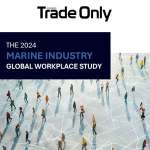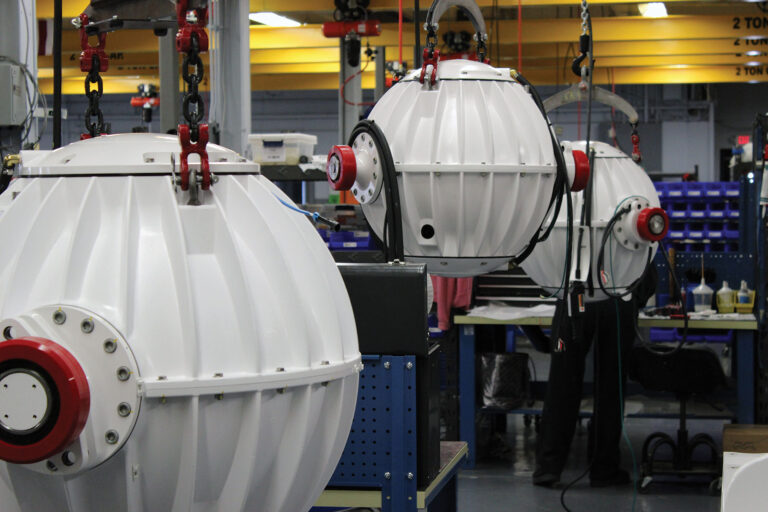
Your supply chain looks very different than it did 20 months ago. In fact, for many marine manufacturers, supply-chain issues are curtailing growth opportunities.
Today, marine manufacturers are not able to source sufficient materials to produce their sought-after boats, yachts and marine-related products. Paul Donovan, chief economist at UBS, notes, “The world economy is producing goods at a near all-time record rate, but no supply chain can accommodate a sudden 25 percent rise in demand.” (It would be wildly unprofitable to hold that much spare capacity.)
International sourcing strategies that many manufacturers in marine rely on have been under pressure for many years, most notably because of the ongoing trade war and related tariffs with China. Boatbuilders are struggling to source critical parts for engines, and other
components from suppliers.
Changing suppliers is not easy, either, as quality standards, rigorous testing and contractual requirements need to be considered. On top of that, a global semiconductor shortage has manufacturers falling further back on the production line.
Local and Near-Shoring Solutions?
Local sourcing and near-shoring of production capabilities can be strategies to mitigate supply-chain challenges in the future. Taking a hard look at the existing supply chain, and related implications and problems, is a good start. This assessment needs to be used to develop a future supply-chain strategy for the individual organization.
Local sourcing refers to utilizing suppliers in closer proximity to manufacturing facilities to mitigate risk of delays, while being able to use different means of transportation as needed (think ship, rail or truck). A geographically closer location will also provide more flexibility to cope with swings in demand.
Near-shoring often refers to moving production facilities from overseas to the United States, Mexico or Canada if the customer is located stateside. This strategy will reduce the risk of delays with shipments, but, labor costs might increase.
Overall, whether to near-shore is a strategic decision for manufacturers. The following questions can help with the assessment: Where are my future customers and markets? What is my sales strategy for B2B, B2C and so forth? How fast can I make a change? How much will it cost? What will be my return on investment?
What can you do if you would like to assess your vendors’ supply chains to mitigate related risks for your operation? Would it not be helpful to have a standard that could be used to benchmark supply chains?
The American Institute of Certified Public Accountants has issued a System and Organization Controls standard with a focus on the supply chain. This standard lets you have your supply chain — or your suppliers — assessed with potential risks identified. The results can be used to future-proof your activities, and can be part of your overall supply-chain strategy.
What Does an SOC Report Address?
In general, an SOC report focuses on the system and organizational controls used to produce, manufacture or distribute a single physical product or intangible product; operate a production line; and produce, manufacture or distribute products that are produced or manufactured within a single facility or physical plant.
The standard provides common criteria for disclosures about a company’s (supplier’s) system and controls, and common criteria for assessing the effectiveness of system controls. The standard also provides useful information to customers without creating additional vulnerabilities. Having an SOC report allows comparability among companies and organizations. Finally, it introduces a scalable, flexible communication and reporting option that can evolve to meet market demands and, ultimately, can be used to gain a competitive advantage. The report is provided by a third party, which increases trust and transparency with your stakeholders.
Now is a good time to take a hard look at your supply chain and run scenarios based on your overall production and sales strategy. First-movers and adopters can create a competitive advantage.
Jochen Haehner is an assurance director with Cherry Bekaert’s industrial manufacturing industry group.
This article was originally published in the November 2021 issue.











